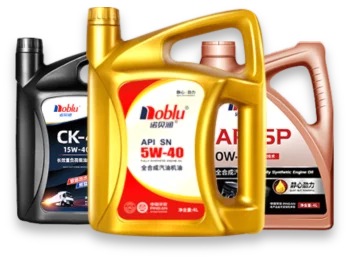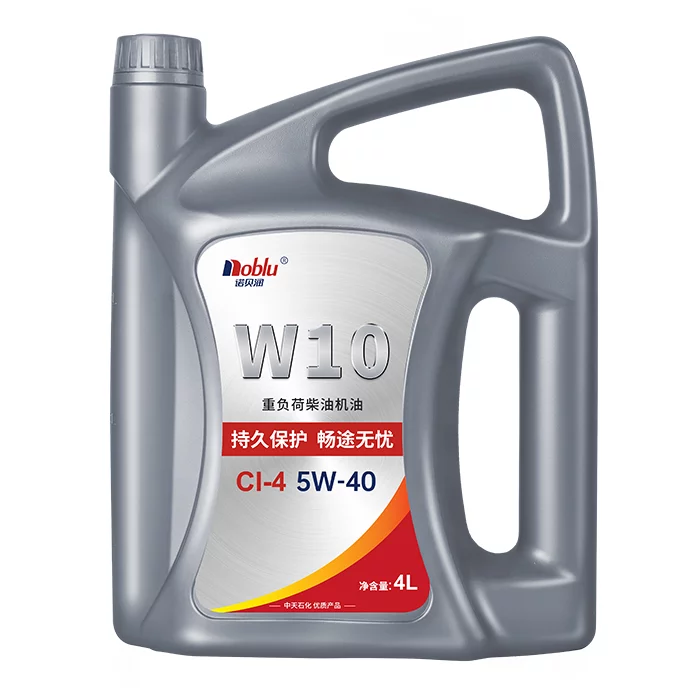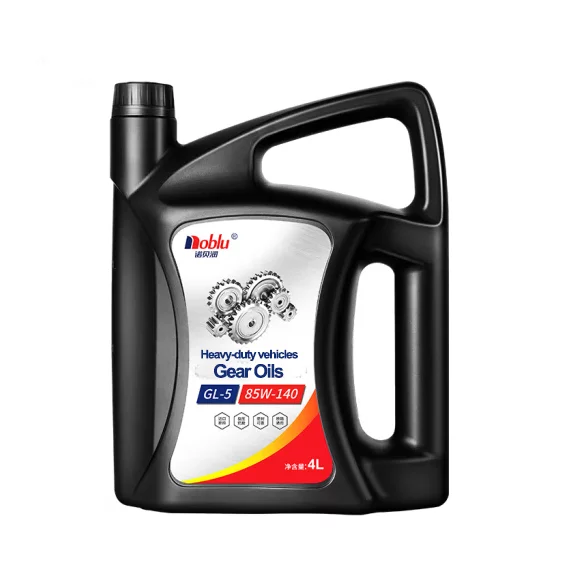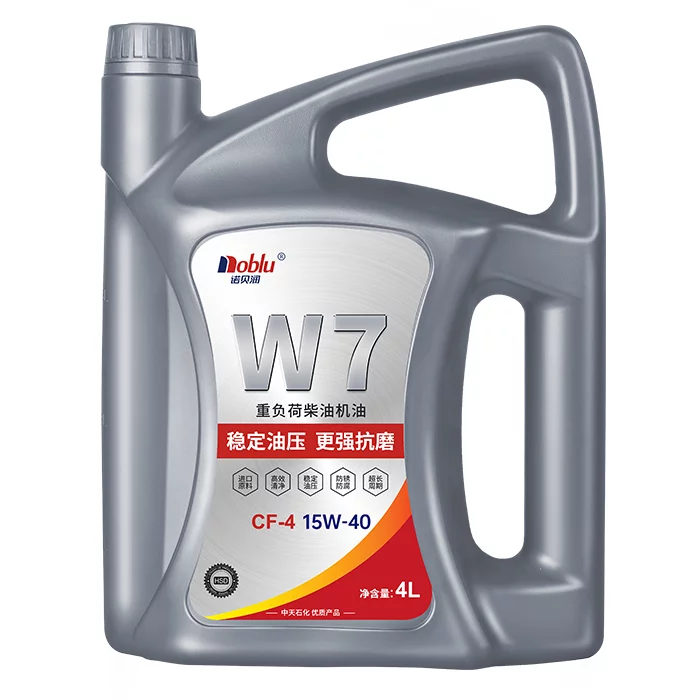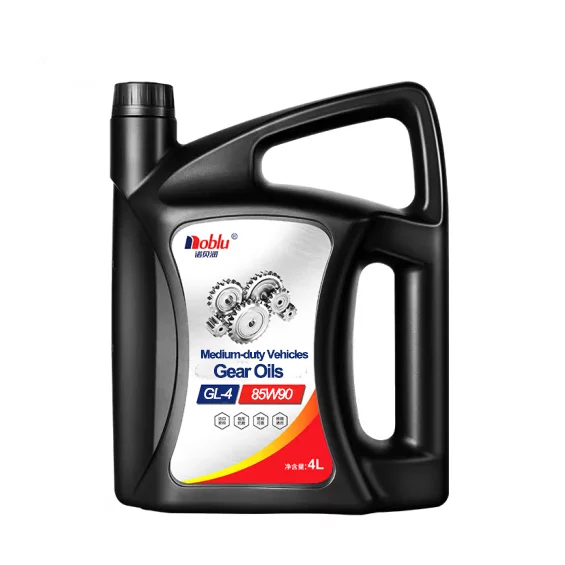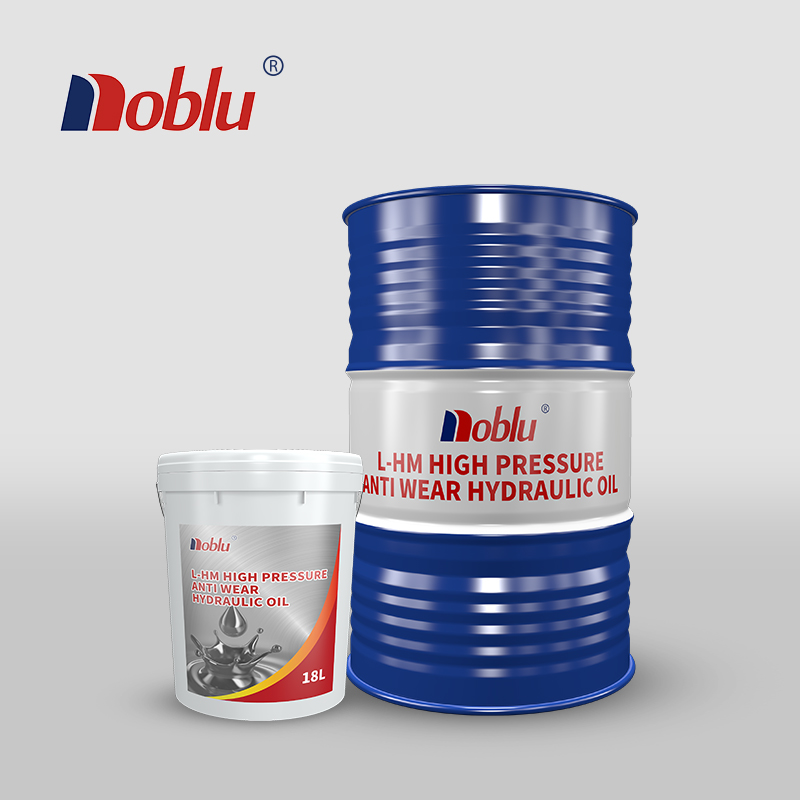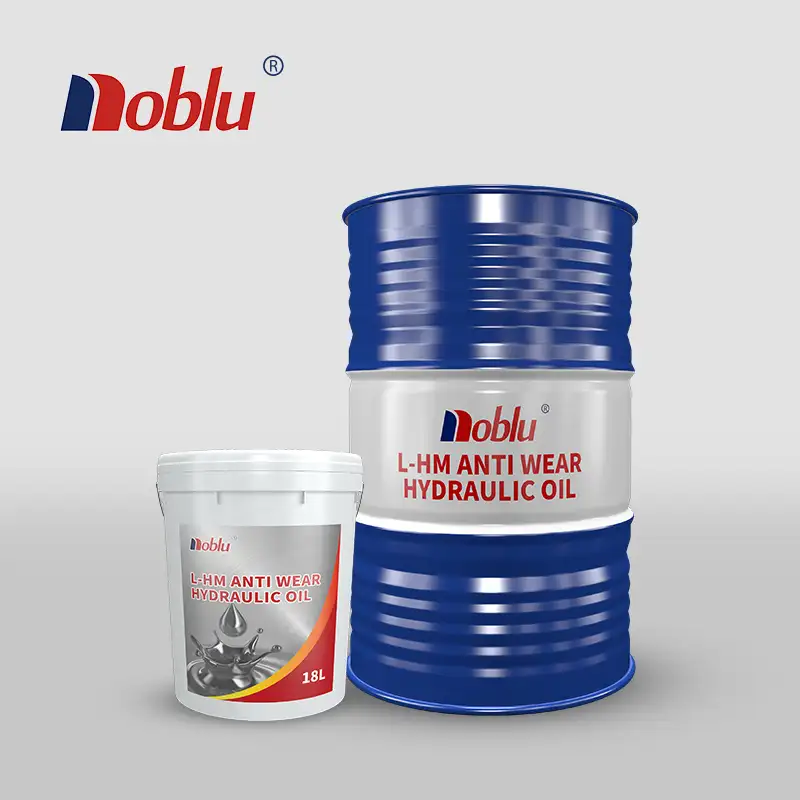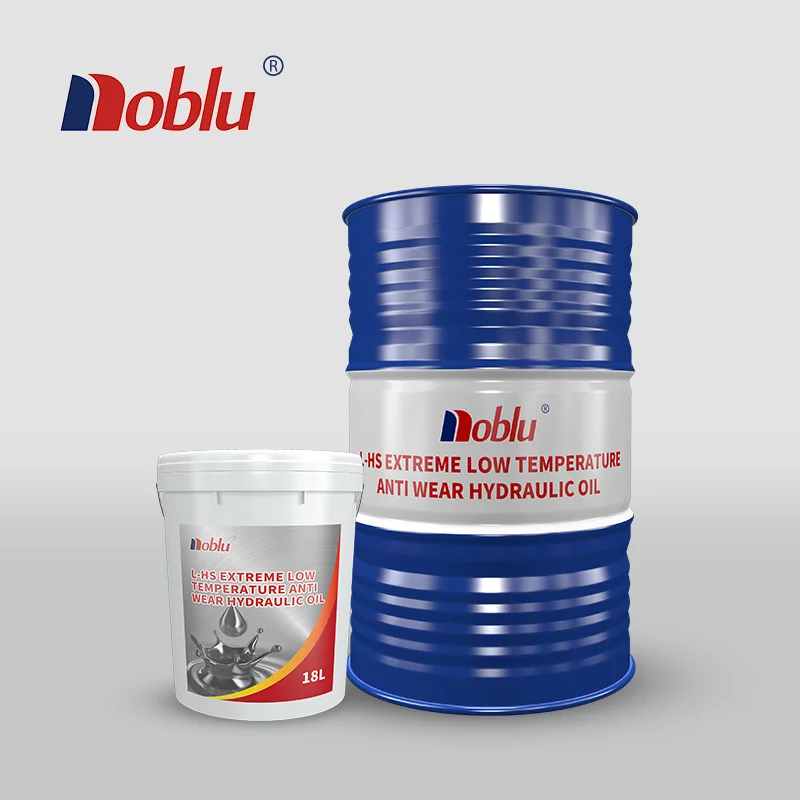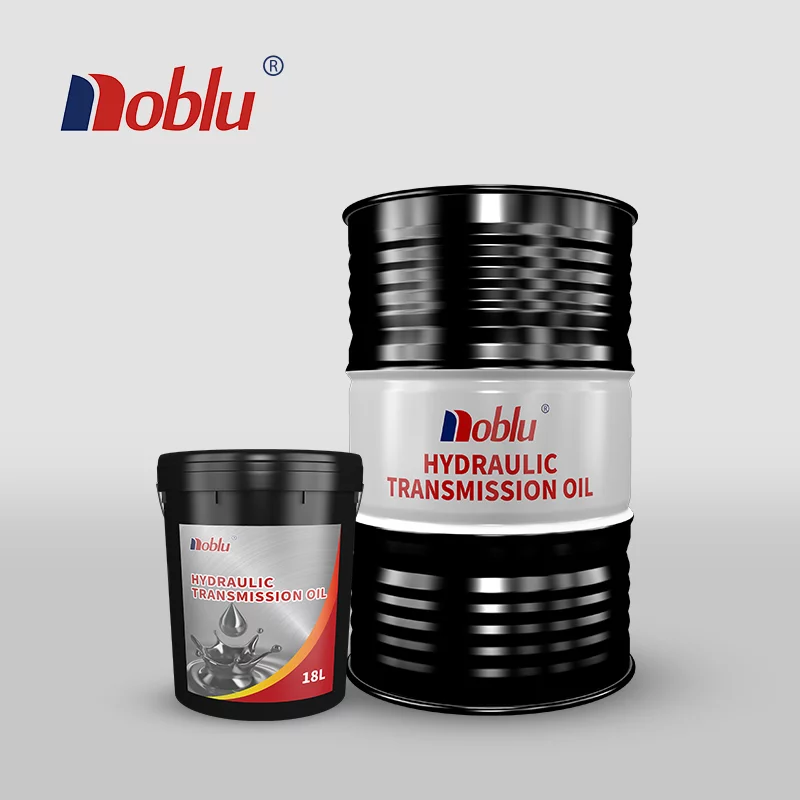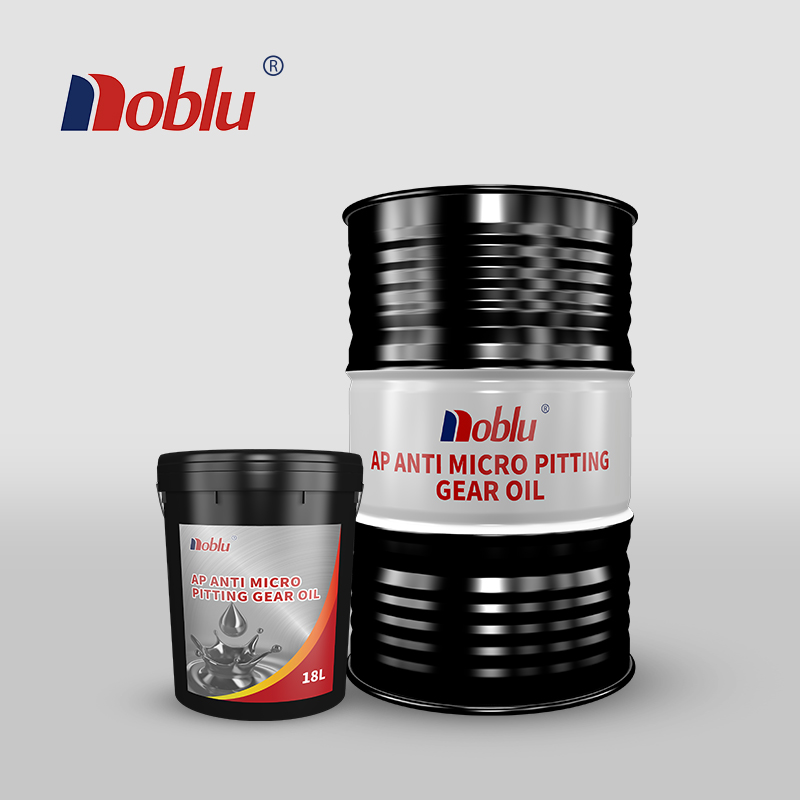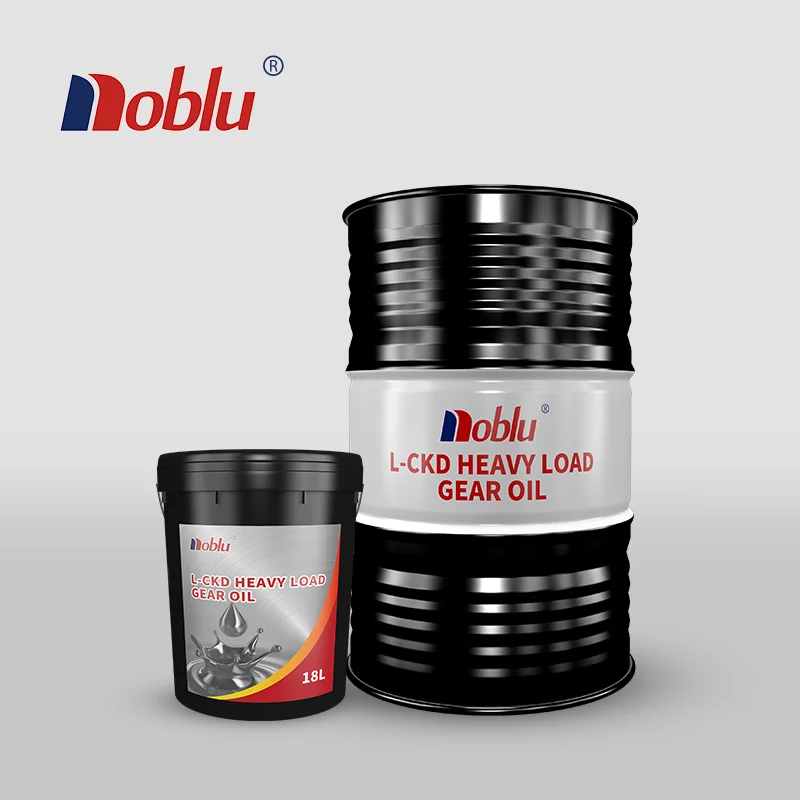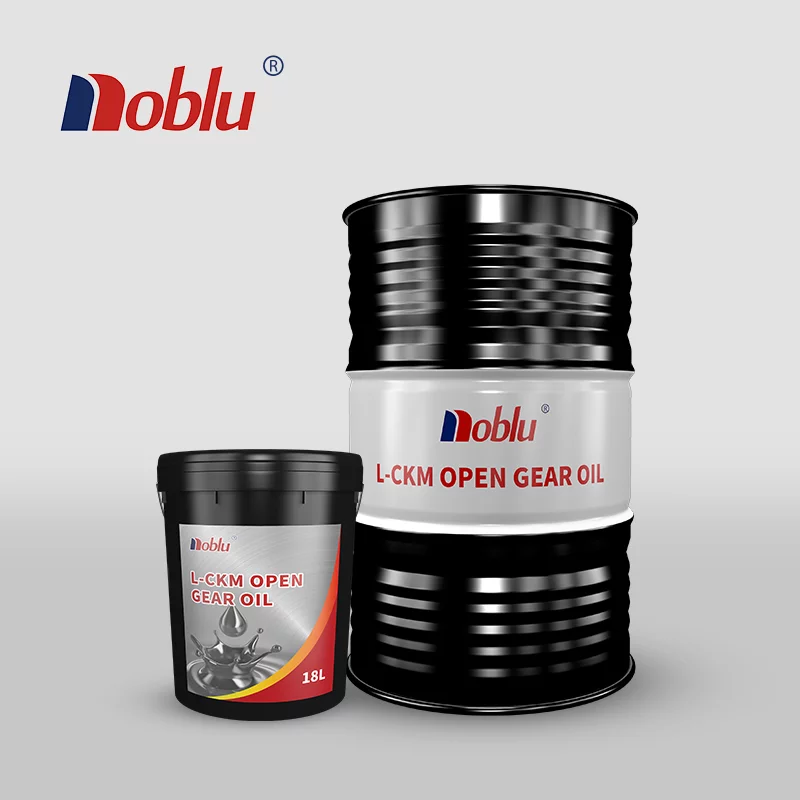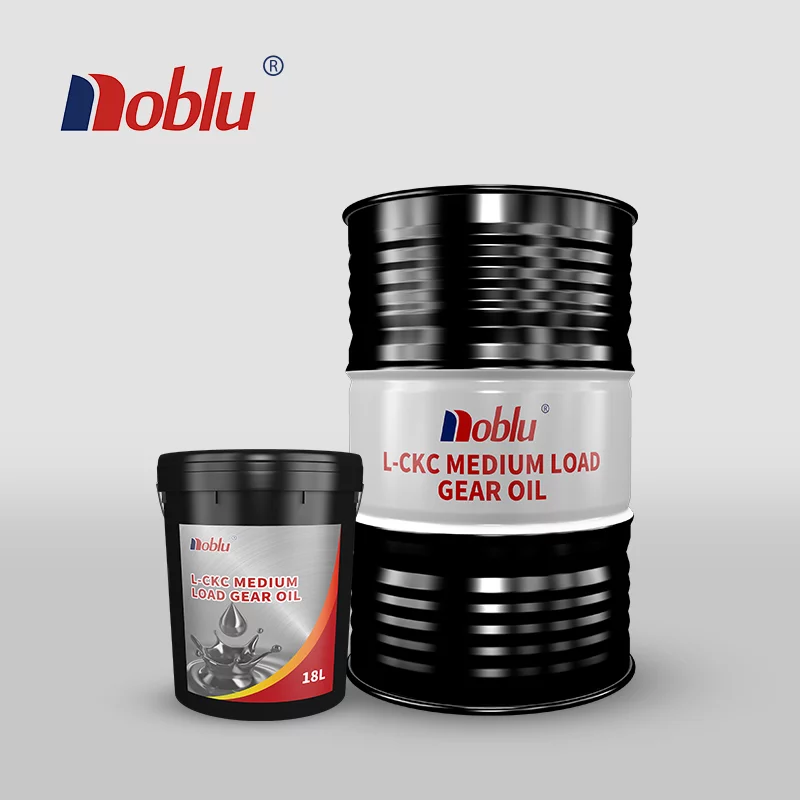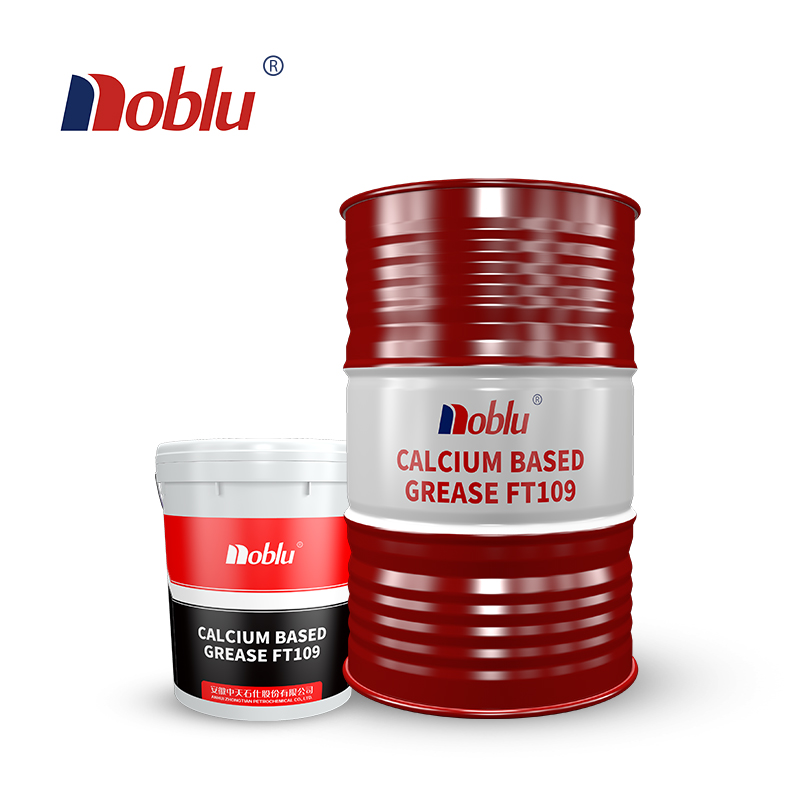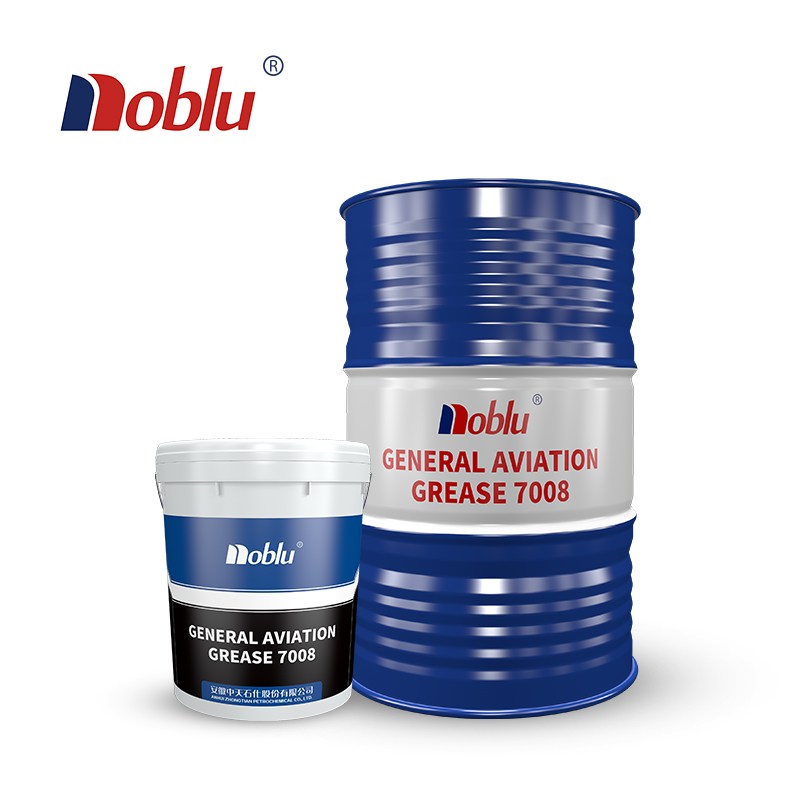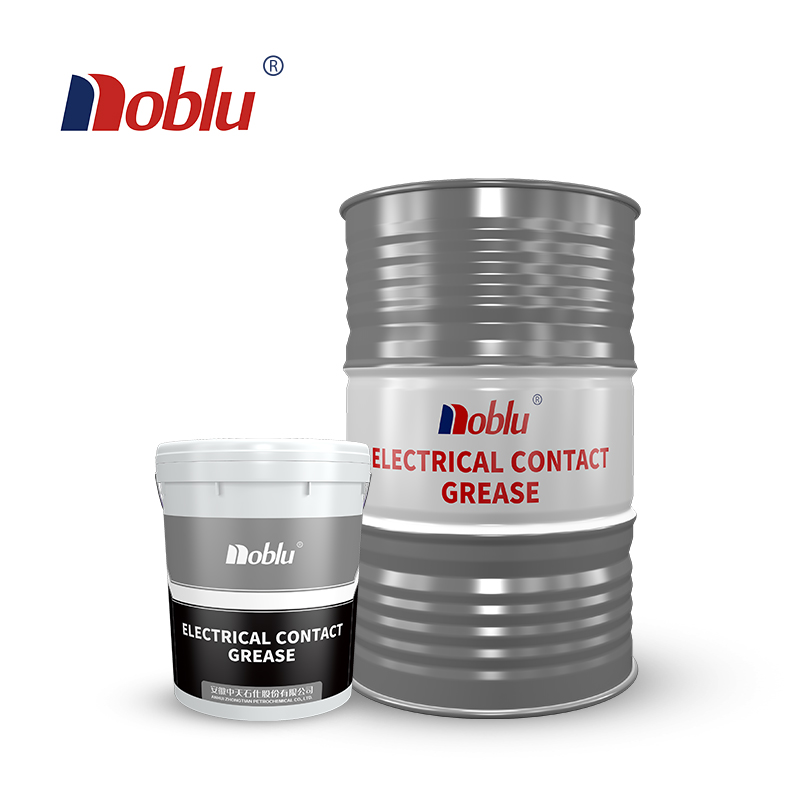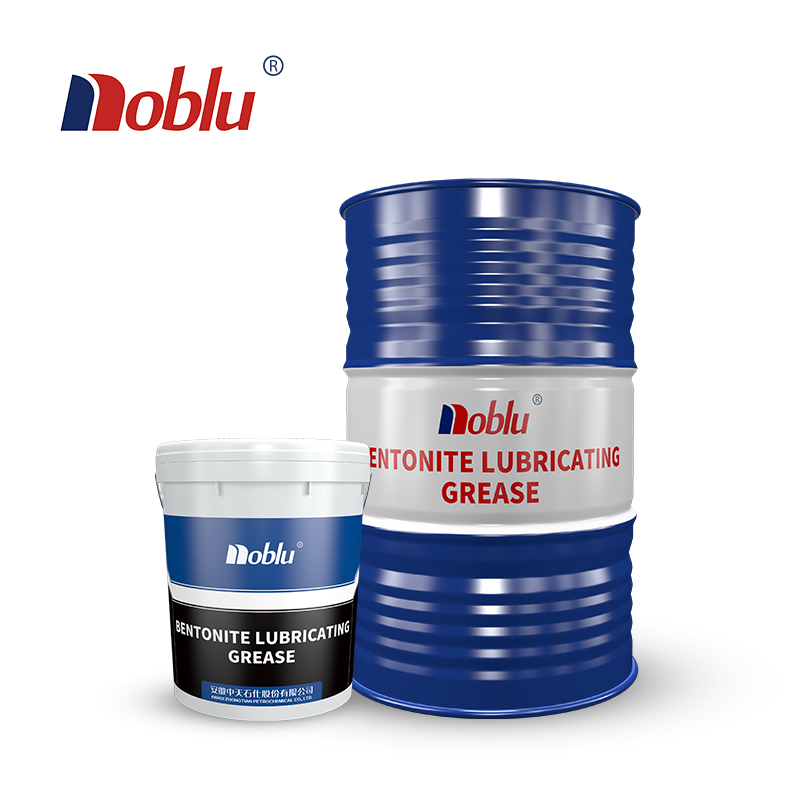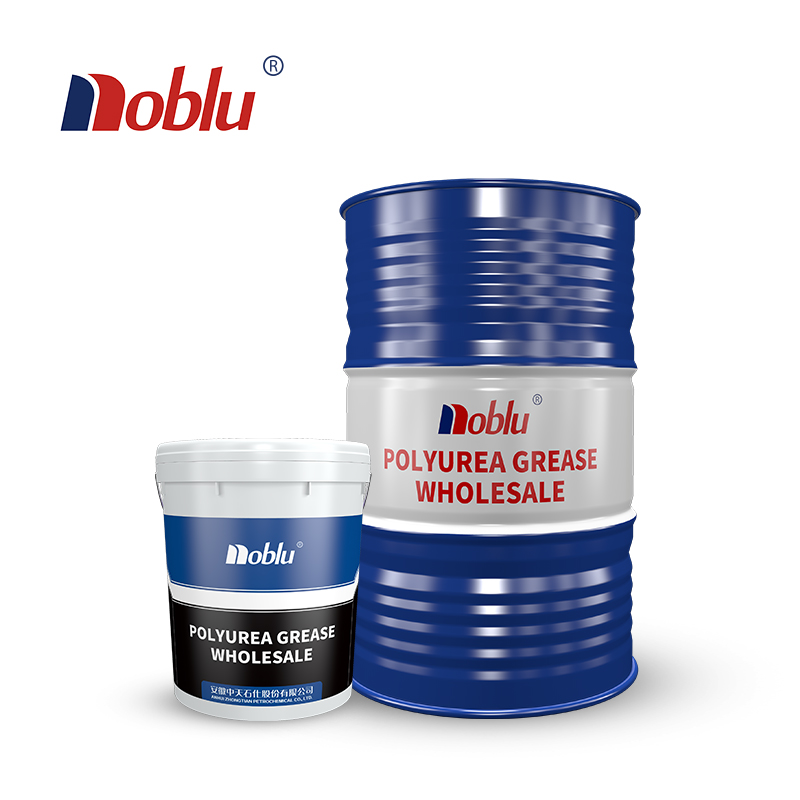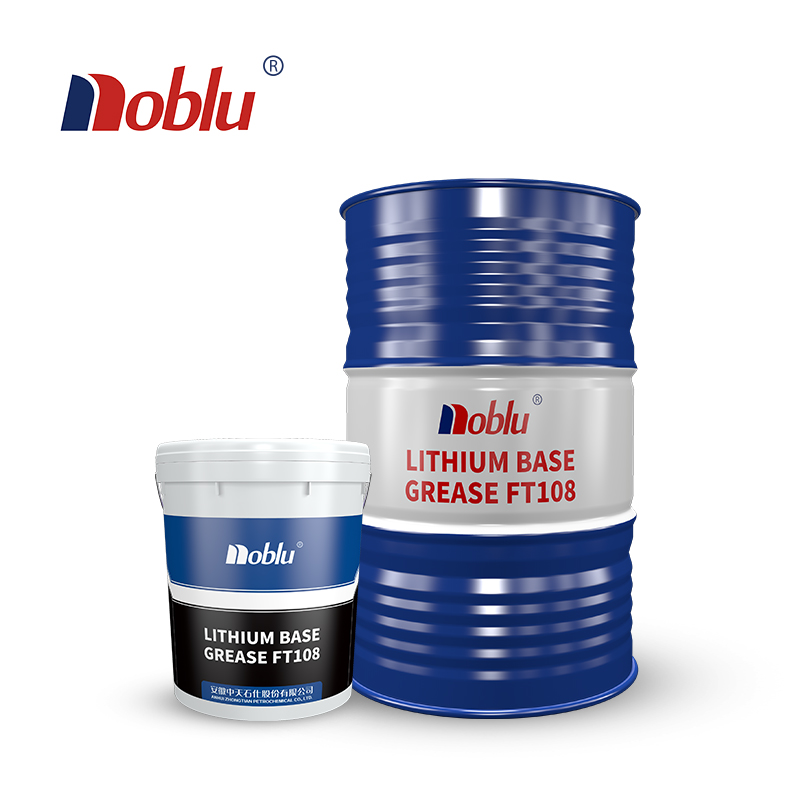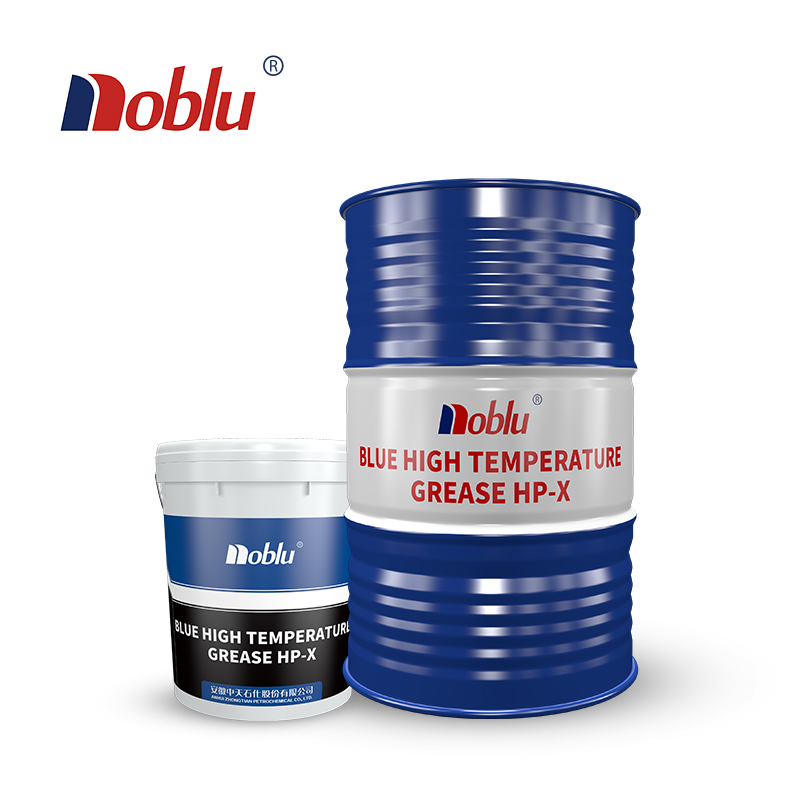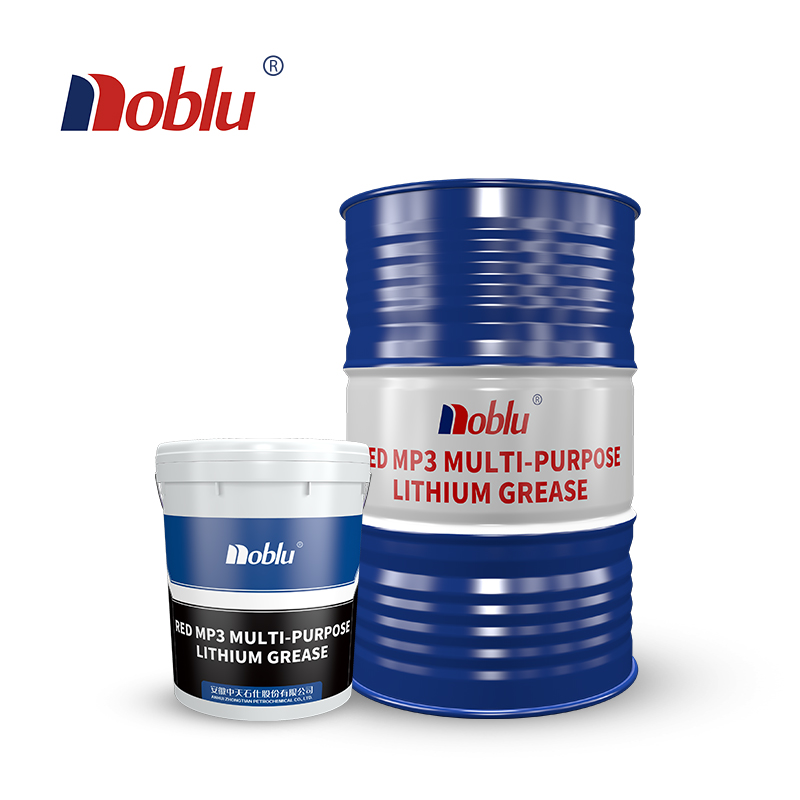Synthetic engine oil and TCO: Why it is important
Understanding Total Cost Ownership (TCO).
The “Total cost of ownership (TCO),” is not only the price paid for a vehicle or engine, but includes all costs incurred over its lifetime.
- Fuel consumption
- Lubricant & oil change costs
- Maintenance & repair costs
- Downtime & lost productivity
- Engine overhaul / replacement
- Costs associated with operational costs (filters and labor, disposal etc.).
TCO is a key factor in Latin America due to factors such as long distances, bad road conditions, climate variability, and volatile fuel prices. synthetic motor oil is a cost-saving solution that can be used over time to shift several components.
What’s the difference between synthetic and conventional engine oil?
| Features | Synthetic Engine Oil | Conventional Engine Oil |
|---|---|---|
| Thermal stability at high temperatures | High-resists breakdown | Lower – more susceptible to oxidation |
| Cold Start / Low Temperature Flow | Pumpability & better flow | Start with a thicker, slower start |
| Volatility/oil burn-off | Less volatility = less loss | Heat/stress causes higher loss |
| Deposit and sludge Formation | Less deposits, cleaner operation | More degradation, more frequent cleaning/change |
Synthetic engine oil is more durable and less degradable, allowing for longer service intervals. It also wears less, requiring less maintenance. All of these factors contribute to lower TCO in the long term.
Latin America Lubricant Market & Trends for the Synthetic Segment 2025
Market size & growth forecast
Recent data and forecasts are shown below:
- The Latin American lubricants industry is expected to grow from 3,64 billion liters, in 2025, to 4,33 billion liters before 2030. CAGR ~3.52%.
- The market for synthetic lubricants in Latin America is expected to grow by 3.6% CAGR between 2023 and 2030, with revenues reaching USD 2103.5 million.
- The Latin American lubricants industry is expected to grow at a CAGR of 3.6%, reaching USD 16,18 Billion in 2032.
Key Drivers & Barriers
Drivers:
- Increasing vehicle parc (more automobiles, trucks, fleets) in Brazil, Mexico, Argentina etc.
- Infrastructure development, industrial growth and mining operations.
- Expectations for increased machine reliability, longer intervals and reduced maintenance.
- Government/regulatory push for environmental performance; interest in better fuel efficiency & emissions control.
Barriers:
- Synthetic engine oil is more expensive upfront than conventional engine oil.
- In remote or rural areas, the supply chain/distribution can be less developed.
- Many Latin American markets are sensitive to price.
- Synthetic oil benefits are only realized when you maintain your vehicle properly (filters, oil changes intervals, and purity).
Quantifying savings: How synthetic engine oil lowers costs
Maintenance costs & oil change intervals

Synthetic motor oil is usually able to support longer intervals between changes. Studies & examples indicate:
- Oil changes are less frequent – this saves on labor, filters and disposal.
- Repair costs are reduced over time due to lower wear.
- Reduced downtime due to maintenance in remote areas or those with logistical challenges.
One source claims that synthetic oils perform better than conventional oils in tests measuring shear stability and oxidation.
Fuel efficiency gains & emissions reduction
- The use of low-viscosity synthetic formulations will result in 2 to 4% more fuel efficiency than standard synthetics and conventional oils.
- Key levers include reduced friction, improved flow at cold starts, and lower energy losses when operating temperatures are high.
These savings add up for fleets that run high mileage — such as heavy trucks, busses, and long haulers.
Real-World Case Data
- In tests, synthetic oils have been shown to result in lower oil consumption due to reduced evaporation and volatility at high operating temperatures. It means fewer oil changes or top-ups.
- A second study (ScienceDirect), models the effects of reducing lubricant’s viscosity on fuel economy for passenger cars in real-world conditions.
Practical steps for buyers in Latin America to maximize TCO benefits

Choosing the right synthetic engine oil
- Check that the oil meets OEM, API, ACEA or SAE requirements.
- Choose the viscosity based on your climate and load conditions.
- Consider synthetic oils that have a high TBN (total base number), oxidation resistance and good additive packages.
Cost Benefit Analysis Template

Here is how a company could determine if synthetic engine oil will be worth the investment.
| Metric | Conventional Engine Oil | Synthetic Engine Oil |
|---|---|---|
| Price per liter | Lower Prices | Higher (premium). |
| Oil change interval | E.g. Every 5,000-10,000 km | In some cases, the interval may be 2x or even longer. |
| Fuel efficiency | Base Use | Savings of +1-4% depending on usage |
| Maintenance / wear and tear | Wear increases with more frequent repairs | Lower repair, better engine life |
| Costs of downtime | When frequent servicing is required, the price will be higher | Fewer service stops, less downtime |
Calculate over a period of 3-5 years. Include filters, labor, and transportation.
Authenticity and Proper Maintenance
- Buy only from certified suppliers.
- Keep your filters clean.
- Mixing lower-grade oils is not recommended.
- Monitor oil condition.
- Follow the recommended intervals.
Breaking Even Scenarios & Cost Modeling
- If conventional engine oil is $100 per unit and synthetic oil is $180 (80% higher), the synthetic oil allows for a 2x longer oil change interval.
- Fuel savings of 2% per year for vehicles using synthetic.
- Maintenance and wear can be reduced by 20-30%.
break even can occur in 1-2 years, depending on the user. TCO savings can reach 15%-30% over a period of 3-5 years compared to conventional engine oils.
Summary and Key Takeaways
- The benefits of synthetic engine oil go beyond the oil itself. They can lower the total costs of ownership, for both fleets and industrial users as well as heavy equipment in Latin America, where conditions are particularly challenging.
- The growth of the synthetic lubricant segment in Latin America will be solid — 3.6% CAGR through 2030.
- Even though the initial cost of conventional engine oil is higher, you can save money on fuel, maintenance, wear and downtime.
- The key success factors are the correct choice of product, maintenance, authenticity and training.
Authority External Link
For more market data and forecasts: Grand View Research – Latin America Synthetic Lubricants Market Size & Outlook provides a detailed revenue outlook to 2030.
FAQ Synthetic Engine Oil & TCO Focus
Q1 What is synthetic engine oil exactly? Synthetic engine oils are formulated using engineered base stock (PAOs, esters etc.). Plus advanced additive packages. It has better thermal stability, lower volatile, better flow when cold starting, and greater resistance against sludge, oxidation, and other contaminants than conventional engine oils.
Q2 – How can synthetic engine oil reduce total cost of ownership?
By enabling longer intervals between oil changes, improved fuel efficiency, less wear on the engine, reduced maintenance costs and repairs, and less downtime. These improvements can be offset by the higher cost of synthetic oil over the lifetime of an engine.
Q3 In what conditions does synthetic engine oil work best in Latin America?
R: Heavy-duty fleets, long haul trucks, mining, industrial operations, places with high loads, infrequent access to maintenance, climates with extreme temperatures or altitude variations, and places with hot ambient temperatures.
Q4 – Are there any certifications or standards that I should demand?
Yes, look for API, ACEA and OEM approvals. Check lab results for oxidation, volatility and shear stability. These tests will help you verify that the synthetic engine oil delivers on its promises.
Q5 : When will the cost difference between synthetic and conventional engine oil pay off? For heavy users, this usually occurs in 1-2 years. For moderate users it may take 2-3 years. Payback depends on the amount of mileage, operating conditions and fuel savings. It also depends on maintenance habits.

